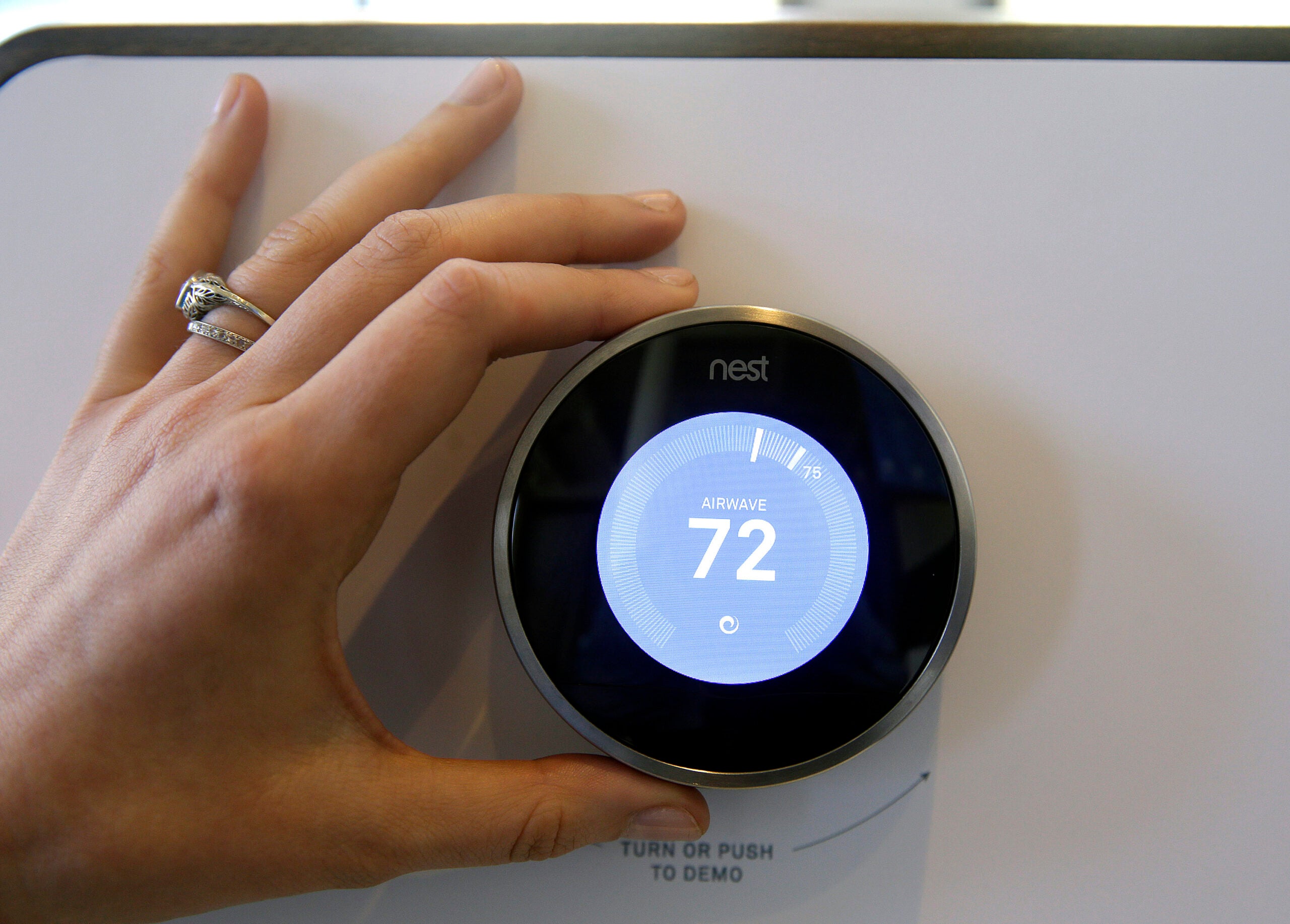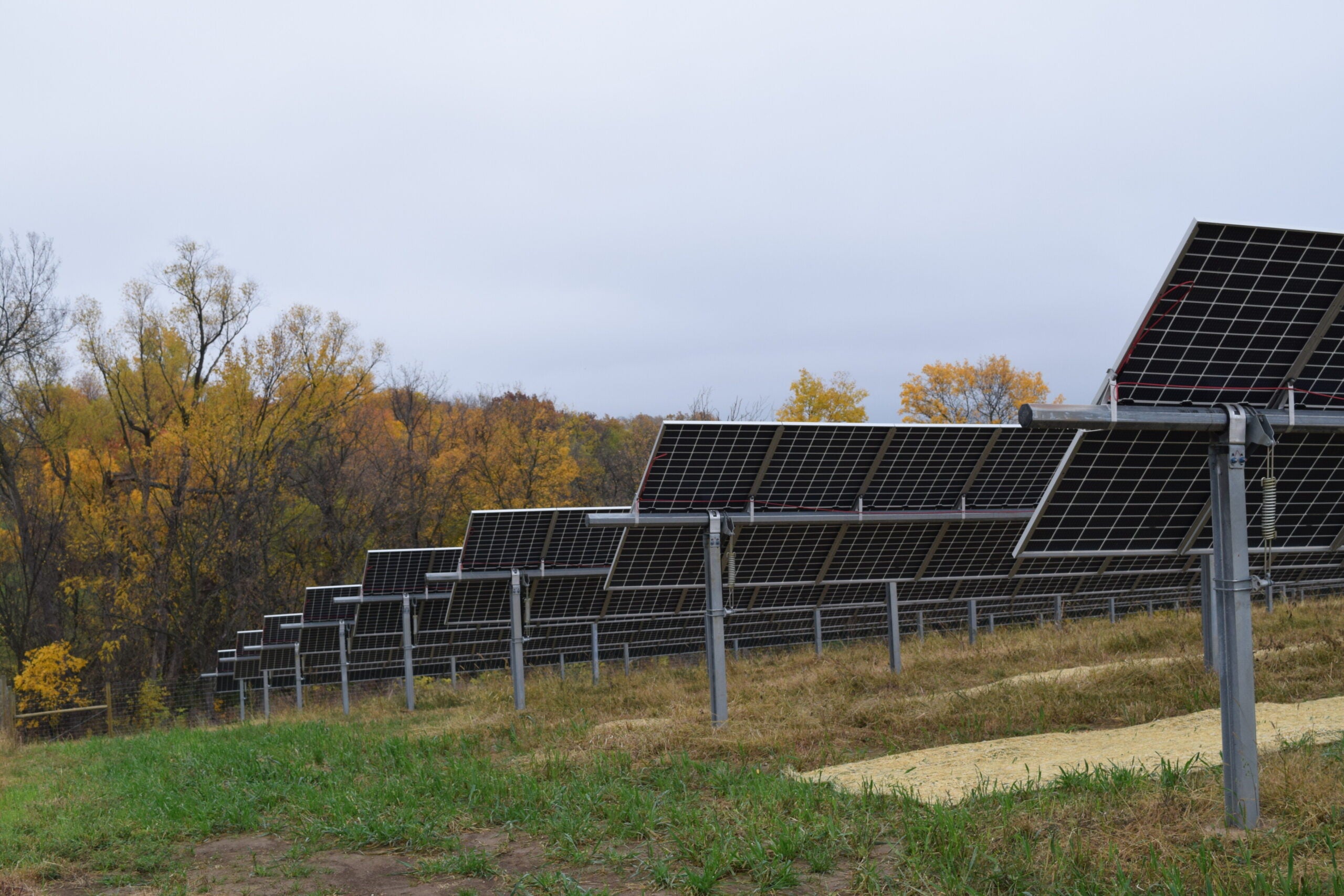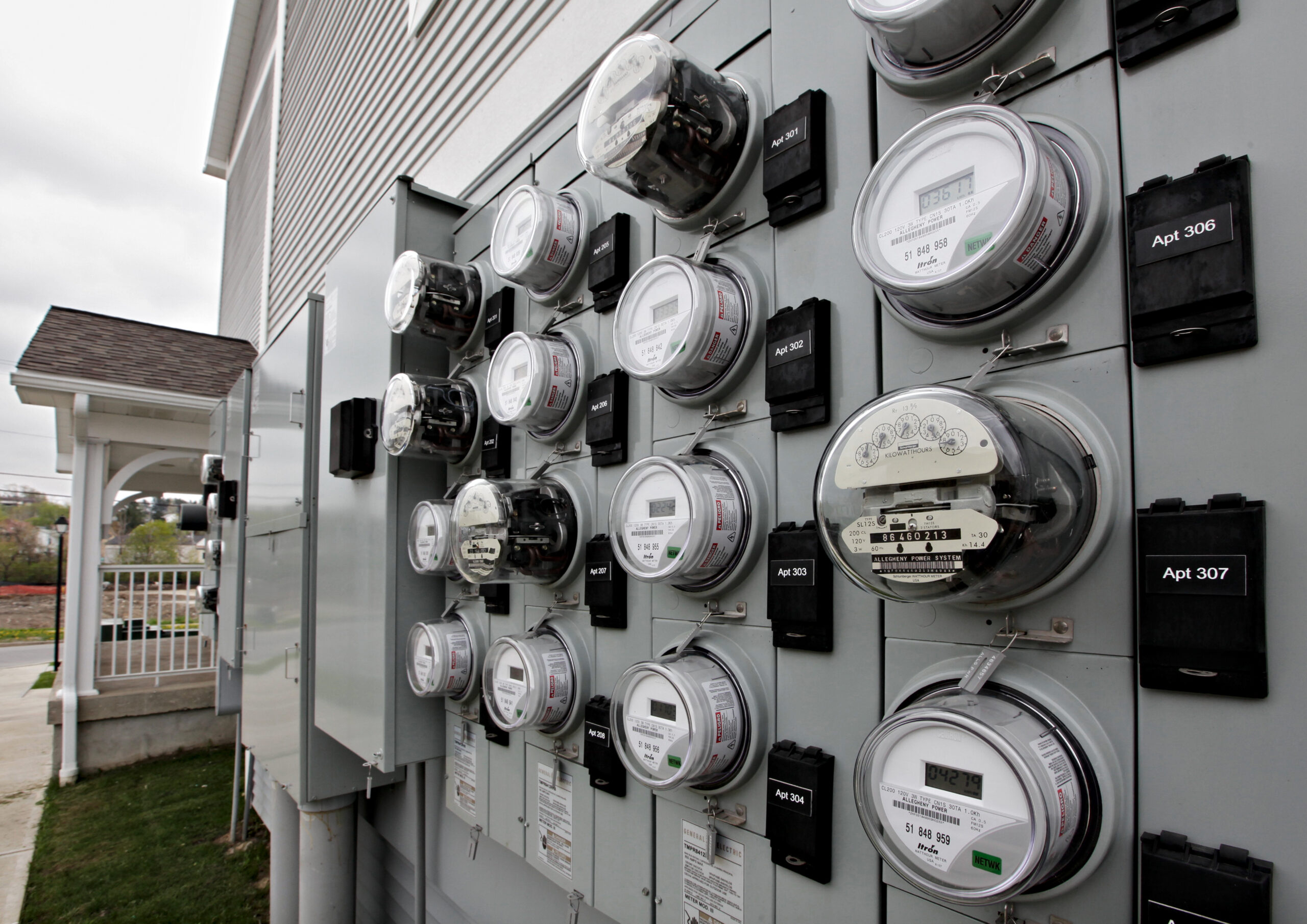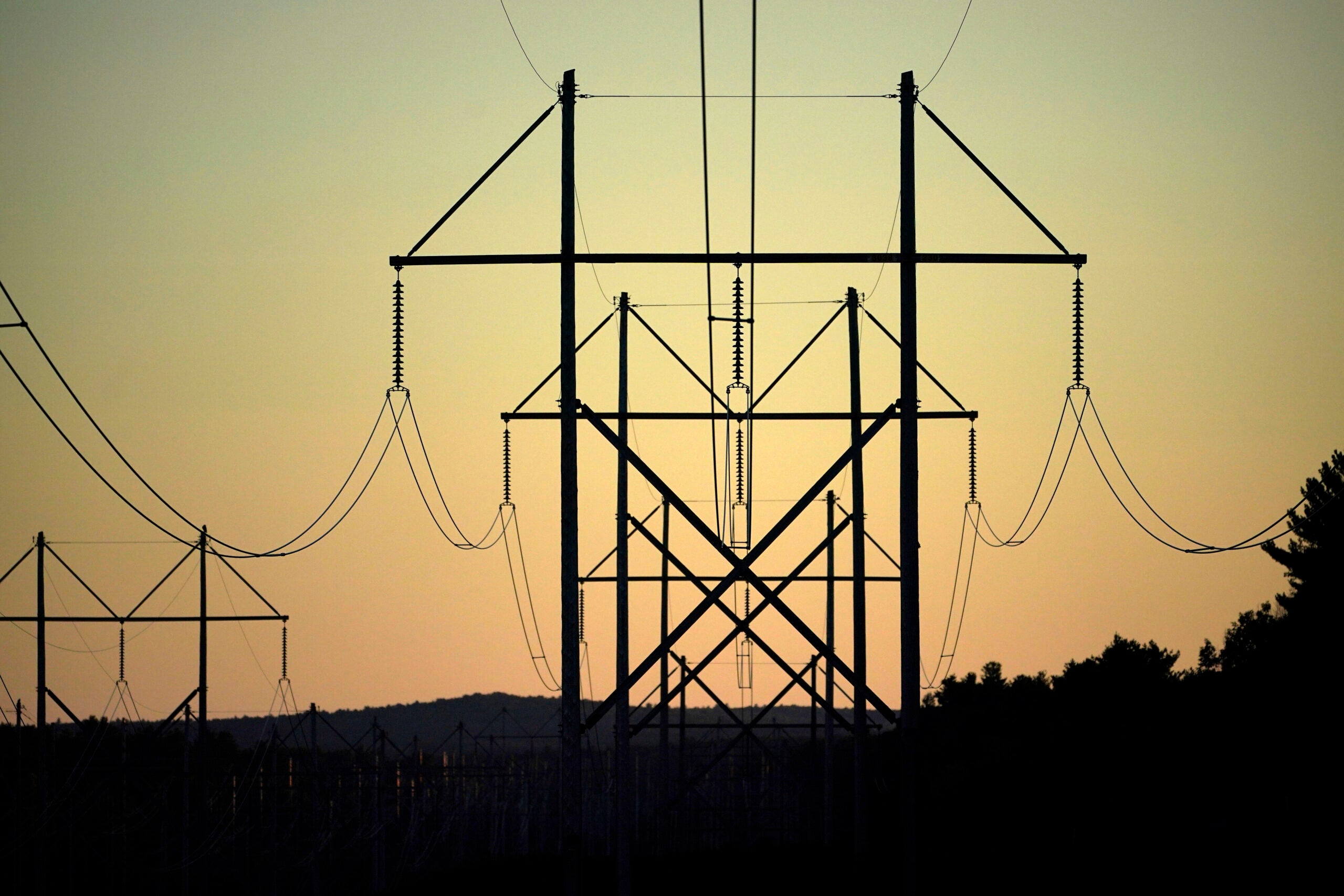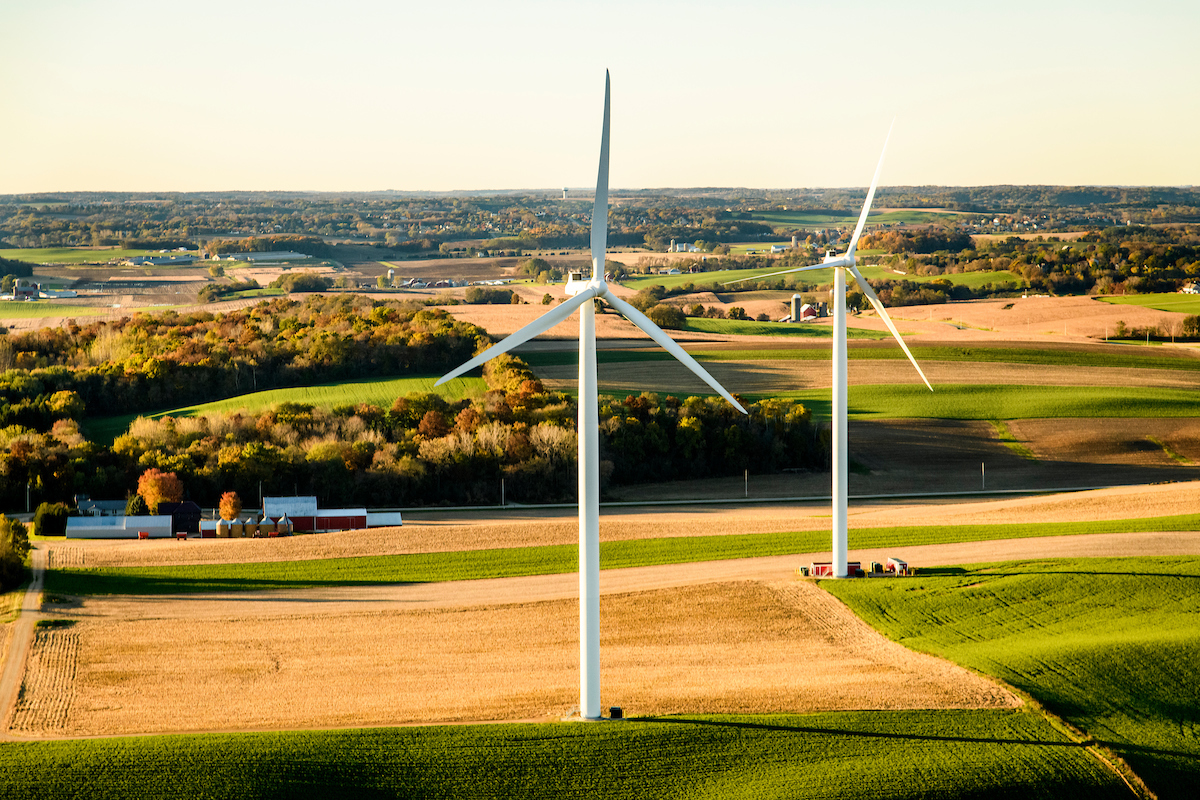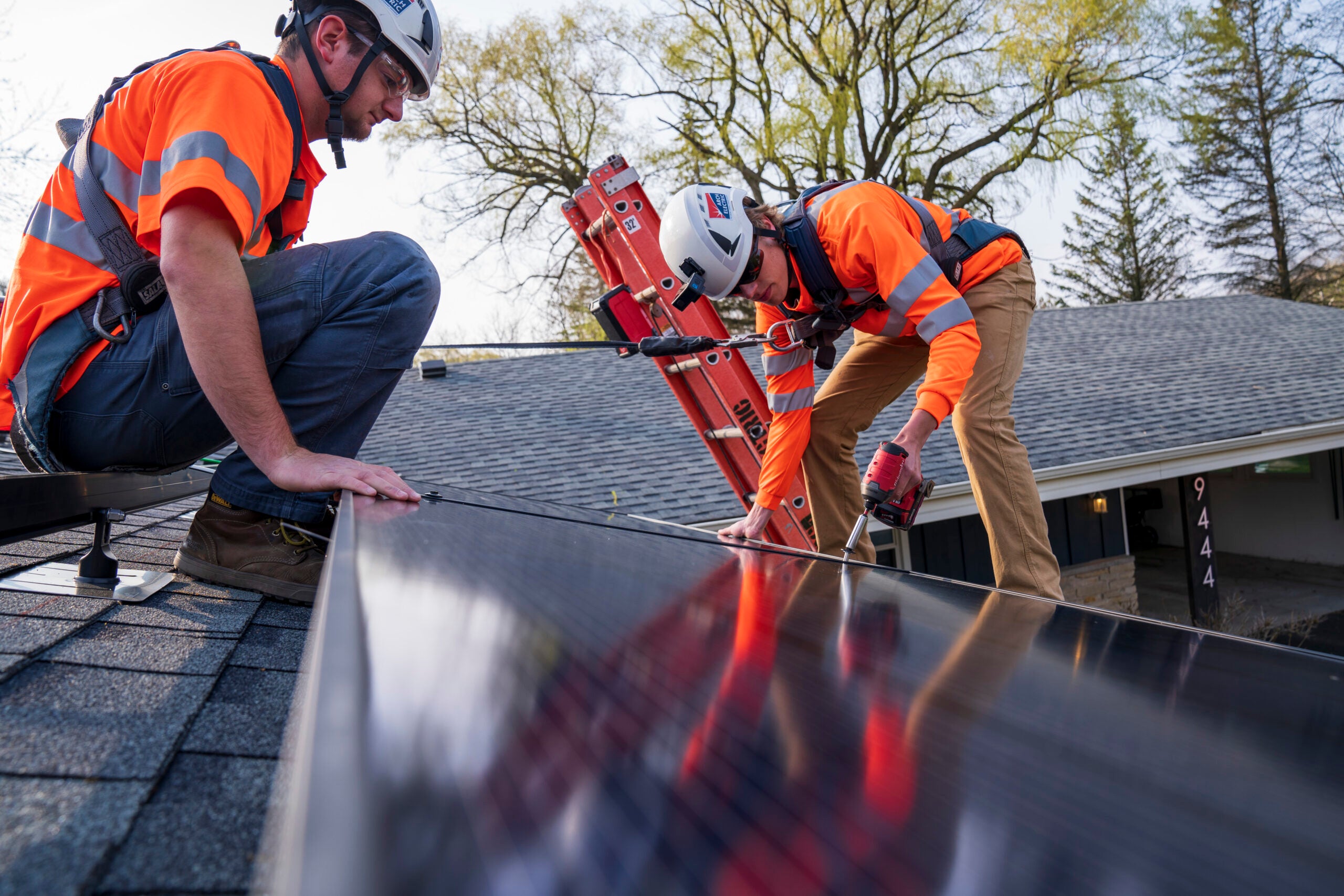Mid-August is, in many households, a time when the air conditioning runs a lot.
Among other things, that puts more strain on the energy grid.
That’s why a number of utilities, including some in Wisconsin, are now offering “demand response” programs to consumers with smart thermostats, like Nest or Ecobee.
News with a little more humanity
WPR’s “Wisconsin Today” newsletter keeps you connected to the state you love without feeling overwhelmed. No paywall. No agenda. No corporate filter.
At times of high energy demand, the utility can, with permission, lower the air conditioner (or, in winter, lower the heat) a few degrees. The consumer then gets money back for participating.
Stacey Higginbotham, a longtime reporter on technology and creator of the Internet of Things Podcast, and the website and newsletter Stacey on IoT, told Wisconsin Public Radio’s “All Things Considered” that she found participating to be easy and useful.
“I was a part of Austin Energy’s program, and they’ve had that since 2013,” she said. “When I was part of it, you would get an email during the day, and it would say, ‘We’re going to have a demand response incident.’ You would have the option to say, ‘No, it’s too hot,’ or you would just be like, ‘OK.’ Most of the time we opted in, but if you’ve got plans, like you’re going to have a party or something, you just don’t participate that day.”
Many demand response programs set limits on how high or how low the utility can change your thermostat setting. Higginbotham said her program would move the setting no more than 4 degrees for a household that opted in.
Still, she said, participation rates vary widely.
“We don’t have a lot of data that’s up to date on this, but way back in 2017, the Association for Energy Services Professionals found that participation rates for demand response programs were from 1 percent to 80 percent, and the average participation was 17 percent,” she said. “It sounds like a lot of people don’t want to do it, and I don’t really understand why. As someone who’s done it, it’s not intrusive.”
Smart devices of all kinds, including thermostats, produce a lot of data, and while there’s an ongoing debate over what can and should be done with the information devices collect, Higginbotham has reported on some of the ways researchers have been able to turn household data into useful knowledge.
“Ecobee created this program to let academic researchers try to understand home heating and cooling and the effect it has on energy usage,” she said. “They’ve also done some work with people who are doing things on indoor air quality. Things like indoor air quality are such hot topics right now, and thanks to Ecobee, we actually have hard data on how indoor air quality can change with the temperature and air movement within the home.”
Higginbotham often writes about how programs like these, connecting smart home devices to a grid or a community, could bring us closer to “smart cities.”
She said it remains to be seen how far utilities and city planners want to go toward that kind of building.
“I want to say yes, but here in the U.S. we haven’t been as forward-thinking,” she said. “There is a project in Austin called the Pecan Street Project, where they have built, because it was a new build, homes that communicate back and forth to the grid in a lot of different ways. That has helped, but really what you see are programs in other parts of the world where there are really innovative things.
“There is a community in Australia that is both generating their own electricity from solar panels, and then also sharing block chain-based credits back and forth so neighbors can share energy with each other and still get credit for it. There are some really crazy, cool things happening, but here in the U.S. we’re a little bit more conservative with this stuff.”
Wisconsin Public Radio, © Copyright 2025, Board of Regents of the University of Wisconsin System and Wisconsin Educational Communications Board.

